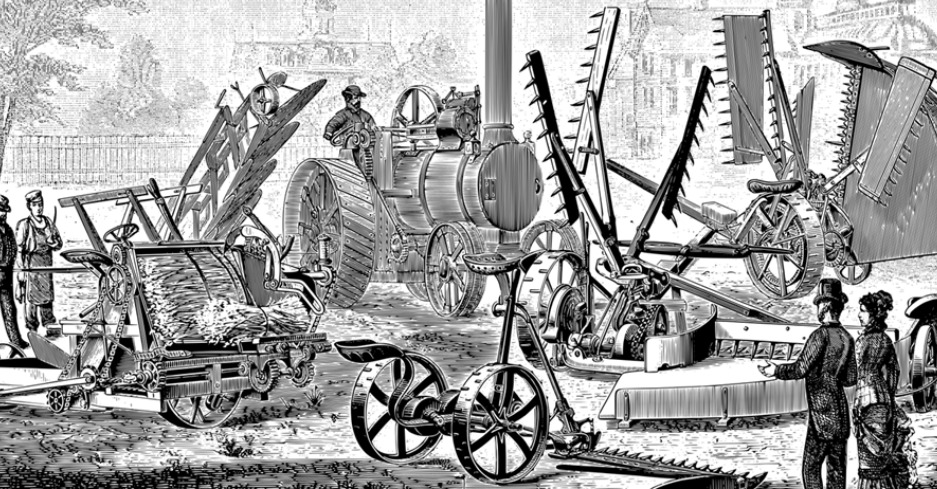
Common Myths About Industrial Equipment After-Sales Service
Published:Feb 2025
Industrial equipment after-sales service is often misunderstood, leading to myths that can impact business decisions. Here are some common misconceptions and the realities behind them:
1. After-Sales Service Is Just About Repairs
Reality: After-sales service is a long-term commitment to ensuring equipment reliability throughout its lifecycle. It includes preventive and predictive maintenance, spare parts management, training, remote monitoring, performance optimization, equipment upgrades, and expert advice on replacements. A well-structured after-sales strategy enhances customer experience while lowering operational costs.
2. After-Sales Service Is a “Cost Centre”
Reality:A strong after-sales service operation is a key revenue and profit driver. Many industrial equipment manufacturers generate significant profits from after-sales services. In fact, after-sales can contribute up to 25-30% of revenue but over 50% of net profit through spare parts sales, service contracts, extended warranties, and equipment upgrades, all while strengthening customer relationships.
3. Only Large Companies Need a Structured After-Sales Service
Reality:Even small and mid-sized manufacturers benefit from an organized after-sales service. A structured approach helps differentiate from competitors, improves customer retention, and unlocks new revenue opportunities.
4. “Customer Is Always Right”
Reality:While customer satisfaction is crucial, professional guidance is necessary for optimal equipment performance and longevity. Service teams must be skilled at “talking to the machines” while “effectively communicating with customers”. A well-handled correction can build trust, while poor after-sales experiences can harm brand reputation.
5. A “One-Size-Fits-All” Approach Works for Service
Reality:Standardized service models are convenient but not always effective. A tiered approach based on customer type, issue criticality, service level agreements (SLAs), and industry requirements ensures better service delivery and customer satisfaction.
6. Digitalization Doesn’t Work in After-Sales Service
Reality:Digital tools like IoT, predictive maintenance, and remote diagnostics are revolutionizing after-sales service. These technologies improve response times, reduce service costs, and enable proactive support. Companies that fail to adopt digital solutions risk falling behind competitors.
7. Warranty Covers Everything, So Service Is Free
Reality:Warranties cover product defects, not routine maintenance. Regular servicing is crucial for equipment reliability and uptime, even during the warranty period. Service contracts and connected equipment services ensure customers remain engaged beyond the warranty.
8. Service Doesn’t Need Sales or Marketing – Customers Will Always Return
Reality:Many third-party vendors offer spare parts and repairs. If OEMs (Original Equipment Manufacturers) don’t provide timely, cost-effective, and high-quality service, customers will seek alternatives. Effective marketing ensures customers recognize the value of OEM services.
9. A Dedicated After-Sales Service Team Will Fix Everything
Reality:While after-sales teams interact with customers the most, they need support from the entire organization to meet customer expectations. A successful service strategy requires a company-wide focus on customer care.
10. Service Is a Thankless Job
Reality:After-sales service professionals play a crucial role in customer satisfaction, loyalty, and repeat business. A positive service experience strengthens relationships and contributes to business growth. Many companies now recognize after-sales service as a key career path leading to leadership roles.
If you're an industrial manufacturing company looking to refine your After-Sales Service strategy, we offer a free brainstorming session. Contact anantha.padmanabhan@camsconsulting.in to learn more.
- Common Myths About Industrial Equipment After-Sales Service
- Managing Receivables: An Essential Element of Working Capital
- The Hidden Cost of Running Out of Working Capital
- Listening to the Voice of Customer: An Art or a Science?
- International Companies- Leveraging opportunities in the Indian market for Engineering Equipment.
- Unlocking Success: 10 Strategies to Enhance Sales Force Performance
- Leveraging Opportunities in India- Manufacturing
- Maximising After Sales Service Satisfaction: The Role of Service Infrastructure
- Business amidst COVID 19- The way forward for the MSME Sector
- How good is your ‘Service Reach’?
- Aftersales Service – a game changer for engineering equipment manufacturers